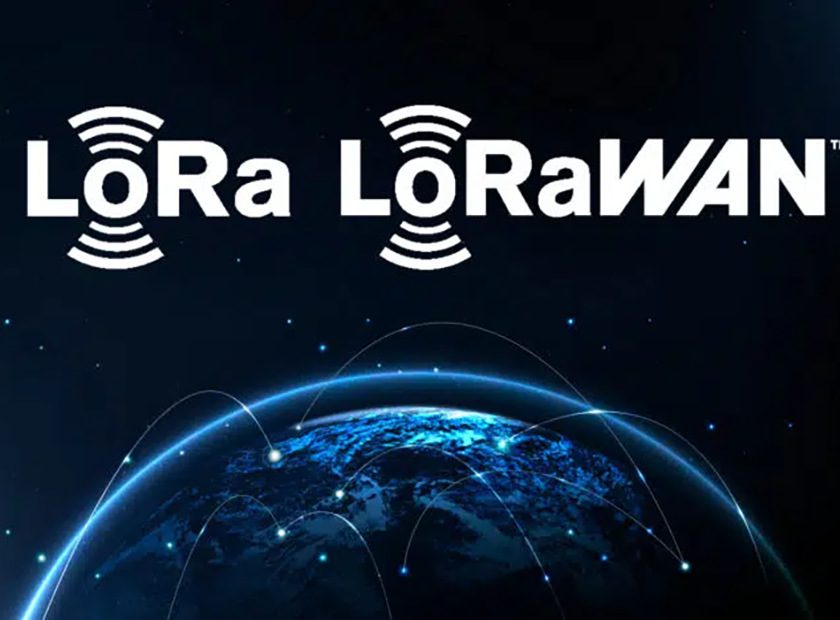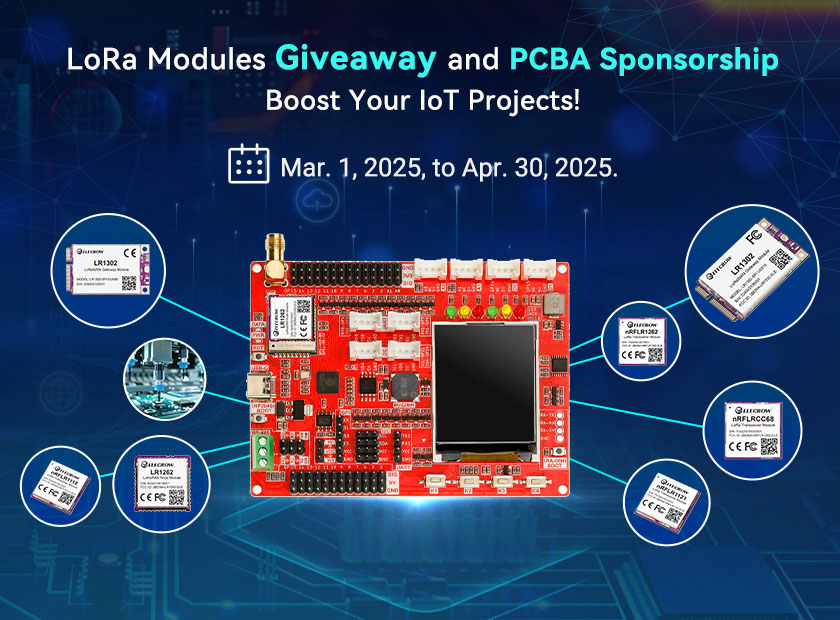Empowering IoT Innovation Through Collaborative LoRa Support

LoRa technology is revolutionizing IoT applications, but its success relies on more than just hardware. Elecrow’s giveaway and sponsorship program highlights indirect enablers like accessible prototyping, community collaboration, and commercialization pathways specifically for LoRa-based systems. By focusing on reducing barriers for developers, the initiative fosters LoRa-driven innovation beyond raw technical capabilities. For instance, the program’s emphasis on open-source collaboration allows developers to share LoRa-specific schematics and code, creating a ripple effect of iterative improvements. This communal approach ensures that even small teams can leverage collective expertise to refine their LoRa-based solutions. Moreover, the integration of Elecrow’s global logistics network simplifies cross-border prototyping for LoRa devices, a hurdle often overlooked in IoT development. By addressing these systemic challenges, the program indirectly amplifies LoRa’s adoption across diverse industries.
Lowering LoRa Hardware Development Barriers
The free PCB assembly (PCBA) sponsorship is a game-changer for LoRa integration. For projects embedding LoRa modules, Elecrow covers costs for up to 5 prototypes, including LoRa-compatible components, assembly, and shipping. This eliminates upfront expenses for startups and hobbyists, allowing them to iterate faster. Indirectly, this accelerates LoRa adoption by making it financially viable to test ideas. Developers can experiment with hybrid designs, such as combining LoRa with sensors for agriculture or energy harvesting modules, without fearing budget overruns. Elecrow’s online platform also offers instant design feedback for LoRa circuit optimization, reducing time spent on manual revisions. Additionally, the sponsorship includes access to a library of pre-validated LoRa PCB templates, further slashing development timelines. These resources collectively lower the entry barrier for LoRa IoT projects, enabling even non-experts to explore the technology’s potential.

Lora Activity
Community-Driven LoRa Innovation and Exposure
Elecrow’s project competition adds another layer of support for LoRa developers. Participants who complete their designs can showcase LoRa-powered work, compete for cash prizes, and gain visibility. This incentivizes collaboration and knowledge-sharing within the LoRa IoT community. Indirectly, it builds a network of LoRa solutions that inspire future projects. For example, past winners have open-sourced their LoRa-based designs, enabling others to adapt modules for disaster response systems or urban air quality monitors. The competition also connects participants with industry mentors specializing in LoRa deployment, providing technical guidance and market insights. Social media features on Elecrow’s platform amplify LoRa project visibility, attracting potential investors or partners. By fostering a culture of shared success, the program transforms individual innovations into collective advancements for the LoRa ecosystem.

7_lora_modules
Pathways to LoRa Market Readiness
The Partner Seller program bridges the gap between prototyping and commercialization for LoRa solutions. Successful projects can list products on Elecrow’s platform, tapping into its distribution channels. This indirect benefit reduces the logistical challenges of scaling LoRa-based IoT solutions, enabling creators to focus on refinement and market fit. Elecrow handles inventory management for LoRa devices, order fulfillment, and customer support, freeing developers to concentrate on R&D. The platform also provides analytics tools to track LoRa product performance and user feedback, aiding iterative improvements. Furthermore, partnerships with e-commerce giants expand global reach for LoRa innovations. By streamlining the path from prototype to profit, Elecrow ensures that LoRa technologies achieve real-world impact faster.
Self-Sustaining LoRa Ecosystem
By addressing financial, collaborative, and commercial hurdles, Elecrow’s program strengthens the LoRa ecosystem holistically. These indirect supports ensure that innovators can focus on solving real-world problems with LoRa’s unique capabilities rather than logistical roadblocks. The initiative’s long-term vision is to create a self-sustaining loop where successful LoRa projects reinvest knowledge and resources back into the community. As more developers join, the diversity of Lora applications will grow, driving IoT adoption in underserved sectors like healthcare and rural connectivity. Ultimately, this collaborative model redefines how emerging technologies scale, proving that LoRa innovation thrives when barriers are replaced with bridges.
